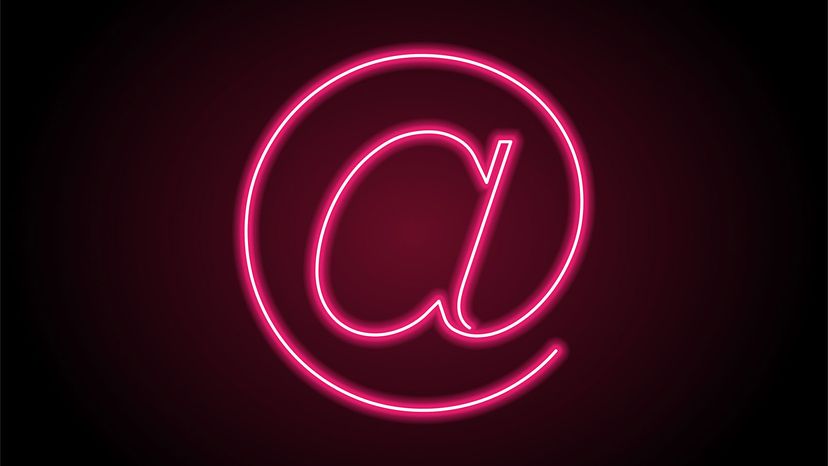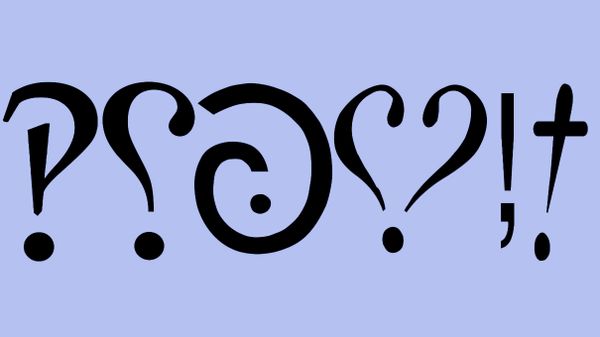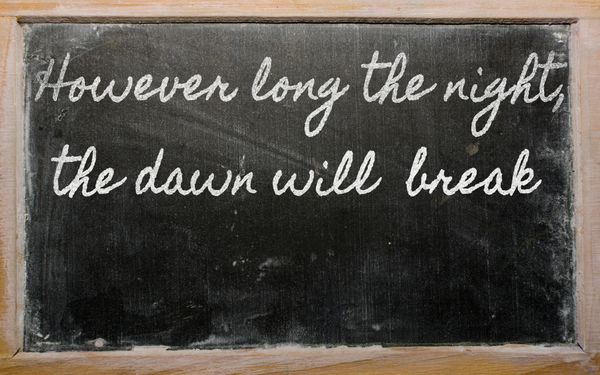There's a good chance the @ sign would still be an obscure keyboard character if not for the actions of a humble engineer named Ray Tomlinson back in 1971.
Tomlinson was working for a private defense contractor helping the U.S. government's Advanced Research Projects Agency build what would become the world's first internet, known as ARPANET. Tomlinson's job was to write programs that would run on this new network connecting a whopping 19 (!) different machines in 1971.
Electronic mail already existed in a primitive form at the time. Messages could be saved by a user and opened up later by a different user on the same machine. But Tomlinson, as a side project, wanted to see if messages could be sent from one machine to another over ARPANET.
There was a problem, though. How would Tomlinson direct messages to different users on the same remote computer? He needed a symbol that would serve as the address. Looking down at his teletype terminal, Tomlinson saw the humble @ symbol sitting atop the letter "P."
According to Houston, Tomlinson chose the @ symbol for a number of practical reasons. First, it was already common shorthand for "at the rate of" so it made sense as "user 'at' host computer." Second, it was obscure enough that it wouldn't have been used in any existing host computer names. And third, because the @ wasn't already a command on his company's programming system.
Tomlinson wrote up the experimental email program and sent a test message to himself from his brand-new email address: tomlinson@bbn-tenexa. What did the world's first email say? Tomlinson has zero recollection, but guesses it was something appropriately momentous like "testing 1 2 3 4" or "QWERTYUIOP."
HowStuffWorks earns a small affiliate commission when you purchase through links on our site.



